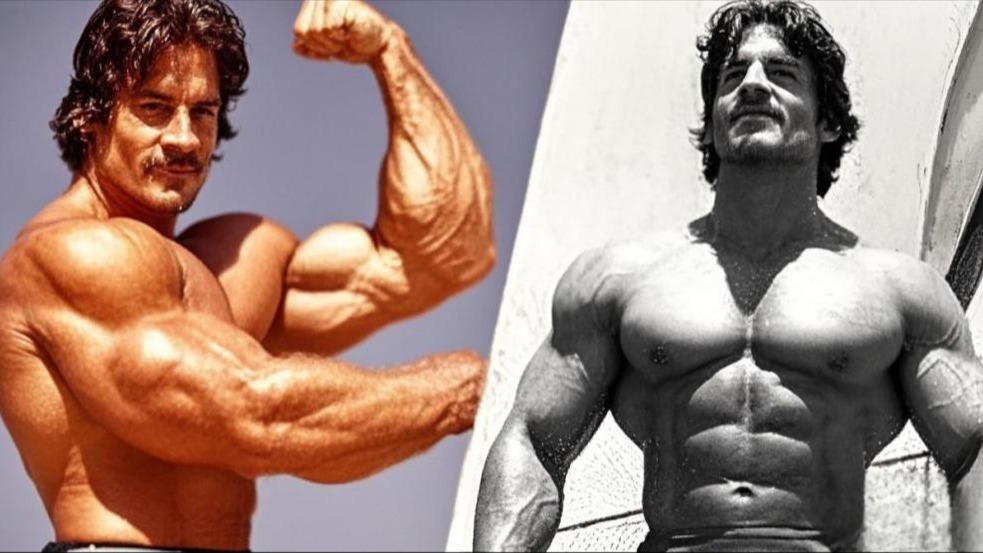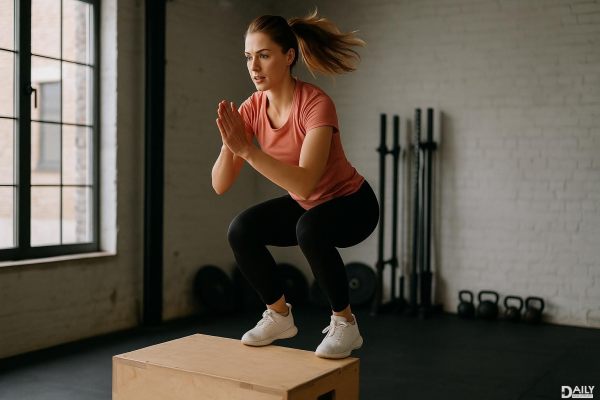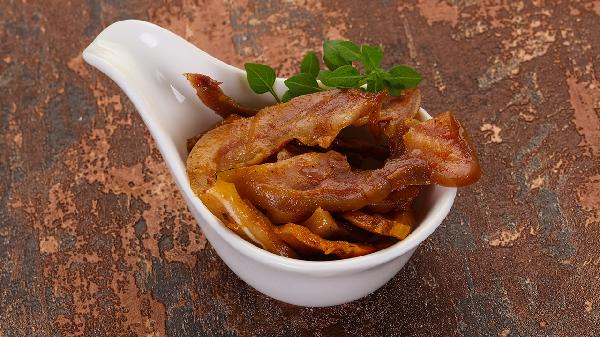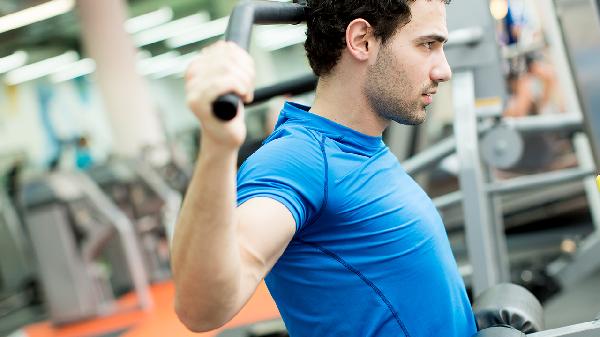If you want to crush your lifts and build serious strength, there's a sneaky little ratio between squats and deadlifts that most lifters overlook. Turns out, your squat strength can actually predict—and even boost—your deadlift numbers. And no, it's not just about throwing more weight on the bar and hoping for the best. There's science (and a whole lot of gym bro wisdom) behind this.
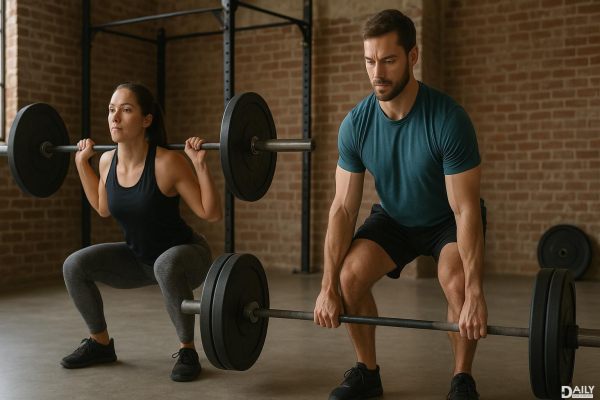
Most people assume deadlifts should always be heavier than squats—after all, you're lifting the weight off the floor, not just standing up with it. But here's the kicker: if your squat is lagging way behind your deadlift, you're leaving gains on the table. The ideal ratio? For every pound you can squat, you should be able to deadlift about 1.2 to 1.3 times that. So if you're squatting 300 lbs, your deadlift should be in the 360-390 lb range. If it's not, your squat might be the weak link holding you back.
Deadlifts aren’t just a back and hamstring show—your quads play a huge role in breaking the bar off the floor. If your squat is weak, chances are your quads aren’t strong enough to generate the explosive power needed for a bigger pull. Plus, squats build full-body stability and core strength, which translates directly to a stronger lockout on deadlifts. If you’ve ever stalled mid-pull or struggled to stand up with the weight, your squat strength (or lack thereof) could be the culprit.
First, stop neglecting your squat. If your deadlift is way ahead, it’s time to prioritize squat volume and intensity. Try adding a second squat day to your week, or swap out conventional deadlifts for a few weeks and focus on front squats or pause squats to build quad strength. Another trick? Use deficit deadlifts to force your quads to work harder off the floor. And don’t forget accessory work—bulgarian split squats, leg presses, and even heavy carries can help bridge the gap.
Let’s be real—squats suck. They’re brutal, exhausting, and mentally taxing. But that’s exactly why they work. Pushing through heavy squats builds mental toughness that carries over to deadlifts. If you can handle grinding out a brutal set of squats, pulling a heavy deadlift suddenly feels less intimidating. Plus, the confidence boost from squatting big numbers makes you more aggressive under the bar, which is half the battle in deadlifting.
At the end of the day, if you want a monster deadlift, you can’t ignore your squat. Dial in that ratio, fix the weak points, and watch both lifts skyrocket. And hey, if nothing else, at least you’ll finally have an excuse to stop skipping leg day.
